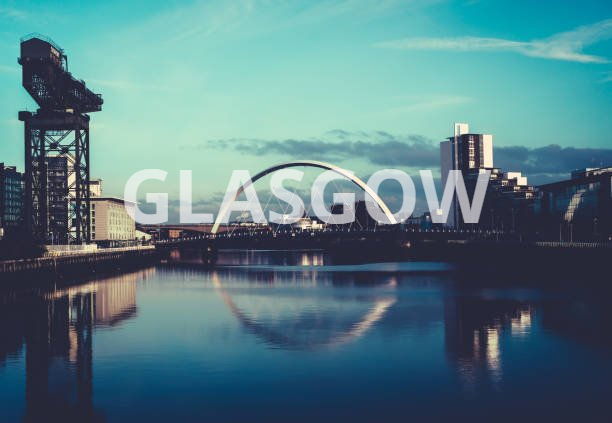Glasgow, Scotland
Glasgow, Gaelic Glaschu, city, west-central Scotland. It is situated along both banks of the River Clyde 20 miles (32 km) from that river’s mouth on the western, or Atlantic, coast. Glasgow is Scotland’s largest city, and it forms an independent council area that lies entirely within the historic county of Lanarkshire.
The city occupies much of the lower Clyde valley, and its suburbs extend into surrounding districts. Most important commercial and administrative buildings lie north of the Clyde. Area council area, 68 square miles (177 square km). Pop. (2001) council area, 577,869; urban area, 935,760; (2011) council area, 593,245; urban area, 957,620.
History
Glasgow’s Gaelic name, Glaschu, means “Green Glen.” There is evidence of a fortified prehistoric village on the site, but Glasgow did not begin to develop until about 550 CE with the arrival of St. Kentigern (Mungo), who established a religious community there. The present cathedral, dedicated to St. Mungo and begun in the 12th century, was built on the site of the chapel. About 1180 William I designated Glasgow a burgh of barony, and about 1189 it was granted the right to hold an annual fair. The first stone bridge over the Clyde was built in 1350. Glasgow was created a royal burgh in 1450, and its university was founded in 1451. Glasgow prospered as a market centre because it was well situated between Highland and Lowland Scotland and also between Edinburgh—the capital, 45 miles (72 km) east—and the west. Yet it was not until after the union of the Scottish and English crowns (1603) that Glasgow grew significantly.
When trade with the Americas developed in the 18th century, Glasgow was already exporting coal, plaid (wool cloth), and herring to Europe. Trade in the Americas’ tropical produce (tobacco, sugar, and rum) then made fortunes for the Glasgow merchants, as the Clyde was dredged and deepened and eventually made navigable to the heart of the city. In 1745, however, Glasgow was almost ruined by the levies imposed by the army of the insurgent Charles Edward Stuart, the “Young Pretender,” which occupied the city. A greater blow followed in 1775 with the revolt of the American colonies and the end of the tobacco trade. Cotton manufacture, which was well suited to Glasgow’s damp climate, succeeded the trade in tobacco. Textiles were exported, sugar from the West Indies was processed, and Glasgow’s fortunes revived until supplies of raw cotton were disrupted during the American Civil War (1861–65).
With the Industrial Revolution came coal mining, iron founding, chemical manufacturing, and, especially, shipbuilding, which developed in Glasgow early in the 19th century. The prosperity of Glasgow’s shipbuilding and heavy industry was badly shaken after World War I, and its industry has since tended toward greater variety.
Industrial decline in Glasgow and the development of the peripheral new towns of East Kilbride and Cumbernauld reduced the inner city’s population and congestion. During the mid-20th century high-rise redevelopment schemes replaced Glasgow’s notorious slum tenement areas (particularly the Gorbals). Late in the century Glasgow experienced a new wave of revitalization and construction.
Source:







